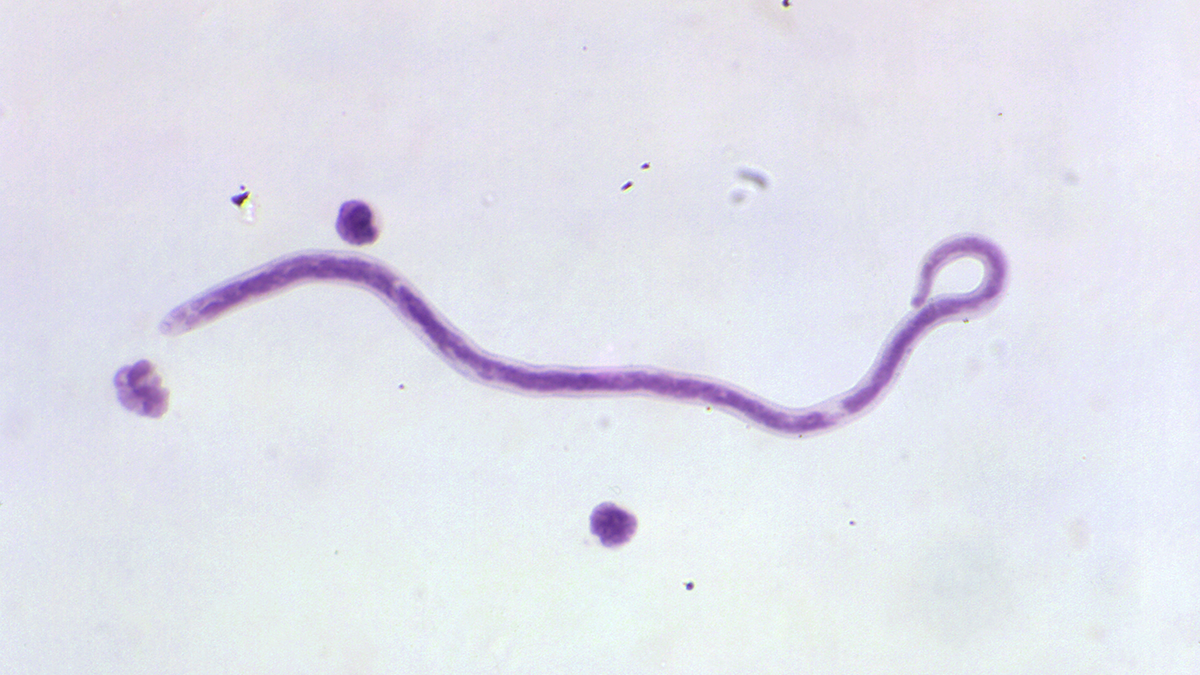Key points
- Mansonellosis is an infection caused by parasitic worms.
- It’s found mostly in Africa and in parts of South and Central America.
- Midge species spread the parasite.

Overview
Mansonellosis is an infection caused by parasitic worms. A parasite is an organism (a living thing) that lives on or inside another organism. It's mostly found in Africa and parts of South and Central America.
Midges, a type of fly, spread the worms that cause mansonellosis. The parasitic worms rarely cause severe illness, and most people infected with them never develop symptoms.
Symptoms
Most people infected with the parasitic worms that cause mansonellosis never develop symptoms. For those who do, they tend to be mild. They typically include
- Occasional swelling
- Impaired vision, if worms enter the eye
- Itching
- Rashes
- Joint pain
- Abdominal (belly) pain
- Pericarditis (inflammation of the outer lining of the heart)
- Fever
- Feeling weak and tired (fatigue)
Risk factors
Mansonellosis is present in the environment throughout West, East, and Central Africa. It also occurs in parts of Central and South America, including Argentina, Brazil, Bolivia, Colombia, Guyana, Suriname and Venezuela, and several Caribbean islands.
People who live in those areas are most likely to get sick from mansonellosis. While some travelers from other countries have gotten sick, those cases are unusual.
How it spreads
Mansonellosis spreads through the bite of an infectious midge, or small fly. When a midge bites a person with mansonellosis, it consumes microfilariae, or microscopic immature worms, from the infected person's skin. The parasite develops in the midge and becomes infectious larvae.
When the midge bites another person, the larvae enter the skin through the bite. The parasite will develop, grow into the adult form, and reproduce. This continues the spread of mansonellosis.
Prevention
The best way to prevent mansonellosis is to avoid midge bites. If you’re in an area where the disease is common
- Use Environmental Protection Agency (EPA)-registered insect repellents containing DEET or another EPA-registered active ingredient.
- Wear loose-fitting, long-sleeved shirts and pants.
- Keep windows and doors closed or covered with screens to keep biting insects out.
- Repair broken screening on windows, doors, porches, and patios.
